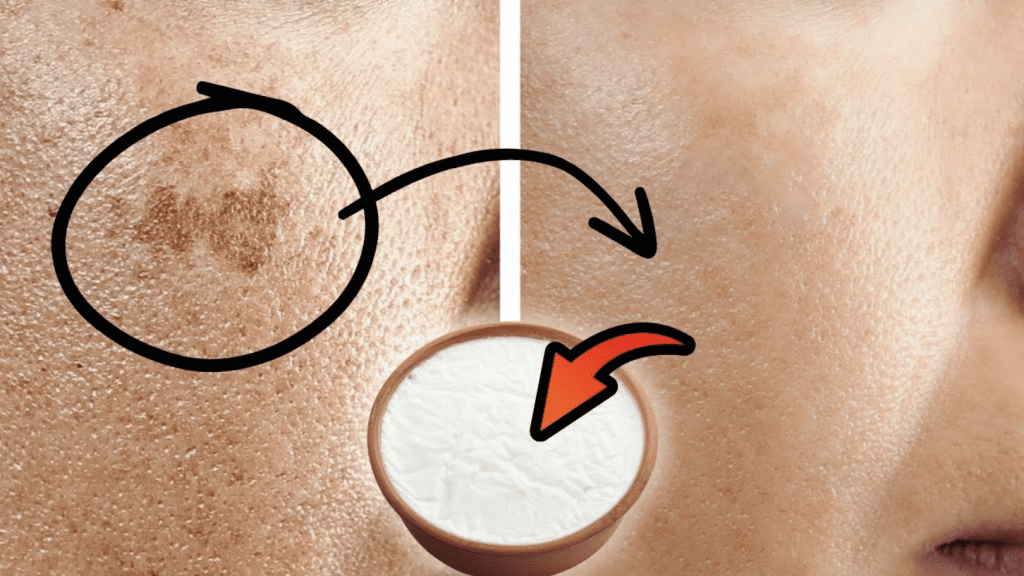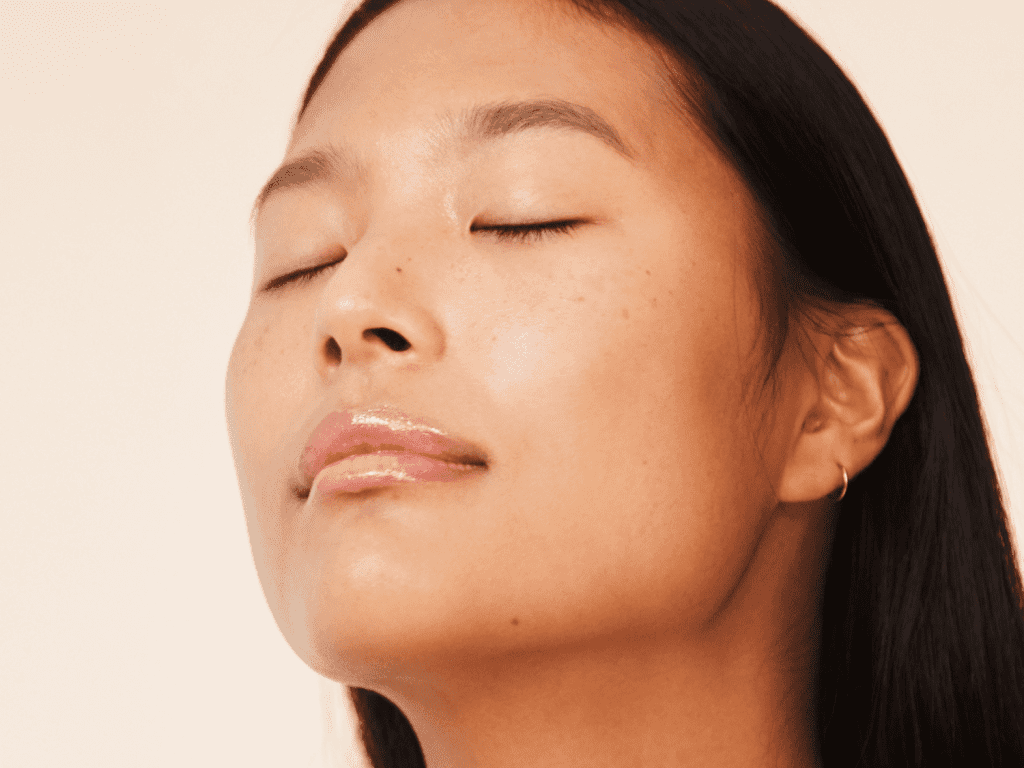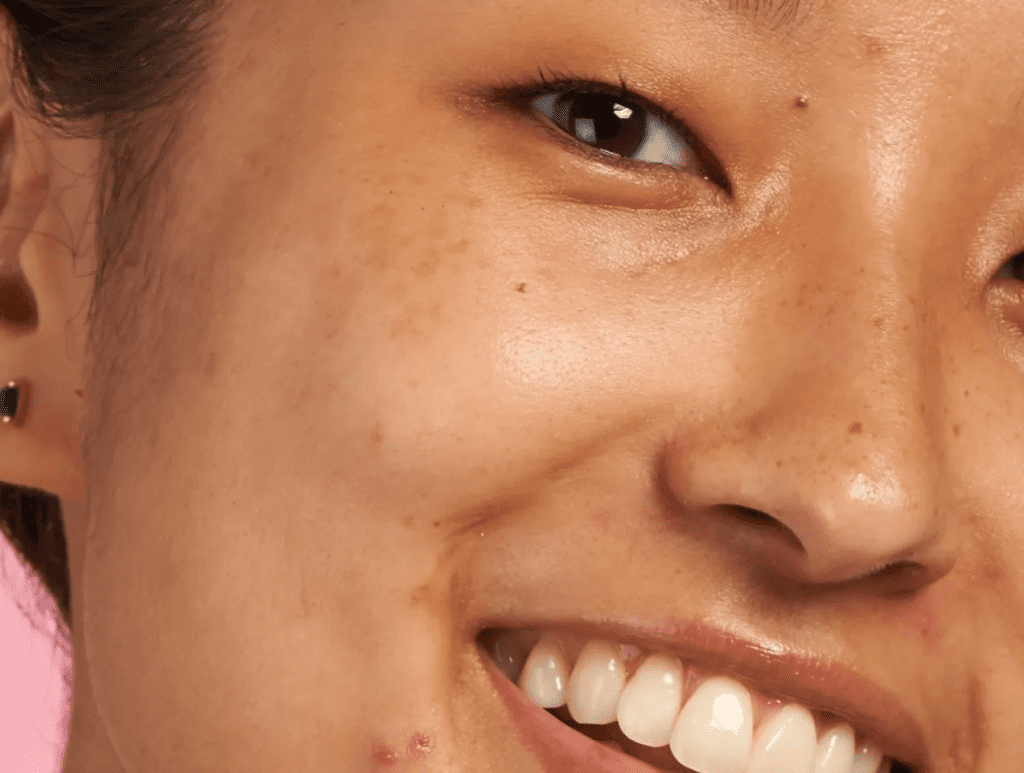Do age spots make you feel less confident in your skin? If you’ve been searching for a simple, inexpensive, and effective solution, you might be surprised to learn that the answer is likely sitting in your kitchen. Baking soda, or sodium bicarbonate, is a versatile ingredient that not only serves as a baking staple but also boasts numerous skin-care benefits. In this article, we’ll explore how baking soda can help lighten age spots and enhance your natural beauty.
The Science Behind Baking Soda’s Skin Benefits

Baking soda is a mild exfoliator, making it an excellent choice for removing dead skin cells that can contribute to the appearance of age spots. Age spots, often a result of prolonged sun exposure, are areas of hyperpigmentation where melanin has concentrated. Regular exfoliation with baking soda can help diminish these spots by encouraging new skin cell growth and revealing a brighter, more even complexion beneath.
In addition to its exfoliating properties, baking soda has an alkaline composition that helps balance your skin’s pH. This balance is crucial for maintaining healthy skin, as it prevents the skin from becoming too acidic or too alkaline, both of which can lead to irritation and other skin issues.
Simple Baking Soda Paste for Age Spots
One of the simplest ways to use baking soda for age spots is to create a basic paste with just two ingredients: baking soda and water. Here’s how you can do it:
Ingredients:
- 2 tablespoons of baking soda
- Enough water to make a thick paste
Instructions:
- In a mixing bowl, combine the baking soda with a small amount of water to form a thick, spreadable paste.
- Using your fingertips, gently apply the paste to the age spots. Be sure not to scrub too hard, as you want to avoid irritating your skin.
- Let the paste sit on the spots for about 5 minutes. If you have sensitive skin, start with just 2-3 minutes to see how your skin reacts.
- Rinse the paste off with lukewarm water and pat your skin dry with a soft towel.
- Finish by applying a moisturizer to keep your skin hydrated.
Frequency: Repeat this treatment 2-3 times per week, but always pay attention to how your skin responds. If you notice any irritation, reduce the frequency or consult a dermatologist.
Enhance Your Results with Baking Soda and Lemon Juice
For those looking for a more potent treatment, combining baking soda with lemon juice can amplify the skin-lightening effects. Lemon juice is rich in vitamin C, a natural bleaching agent that helps reduce the appearance of dark spots.
Ingredients:
- 2 tablespoons of baking soda
- 1 teaspoon of fresh lemon juice

Instructions:
- In a small bowl, mix the baking soda with the lemon juice. Be prepared for a slight fizzing reaction, which is completely normal.
- Once the fizzing subsides, use a cotton swab or your fingertips to gently apply the mixture to the age spots.
- Leave the mixture on for about 5 minutes. Keep in mind that lemon juice makes your skin more sensitive to sunlight, so it’s best to do this treatment at night or when you’re not planning to go outside.
- Rinse thoroughly with lukewarm water and apply a moisturizer.
Frequency: Use this treatment once a week, and always wear sunscreen during the day to protect your skin from UV radiation, as lemon juice can increase your skin’s photosensitivity.
Important Precautions When Using Baking Soda on Your Skin

While baking soda and lemon juice are natural and effective, it’s essential to use these treatments with care. Here are some precautions to keep in mind:
- Patch Test: Always do a patch test on a small area of your skin before applying any treatment to larger or more visible areas. This helps ensure that you don’t have an adverse reaction.
- Sun Protection: Both baking soda and lemon juice can make your skin more sensitive to the sun. Always apply sunscreen after using these treatments to prevent further damage.
- Moderation: Avoid using baking soda excessively, as it can strip your skin of essential oils, leading to dryness and irritation. Stick to the recommended usage frequency and adjust based on your skin’s needs.
When to Consult a Dermatologist

While baking soda is an effective home remedy, results may vary depending on the severity of the age spots and your skin type. If you find that the spots persist or you desire more dramatic results, it’s always a good idea to consult a dermatologist. They can provide professional advice and recommend treatments tailored to your specific needs.
Conclusion: Embrace Natural Beauty with Simple Skincare Solutions
Age spots don’t have to diminish your confidence. With baking soda and a few simple ingredients, you can lighten those spots and reveal a brighter, more even complexion. Remember, skincare is about consistency and care—so take the time to pamper your skin and celebrate your natural beauty.


